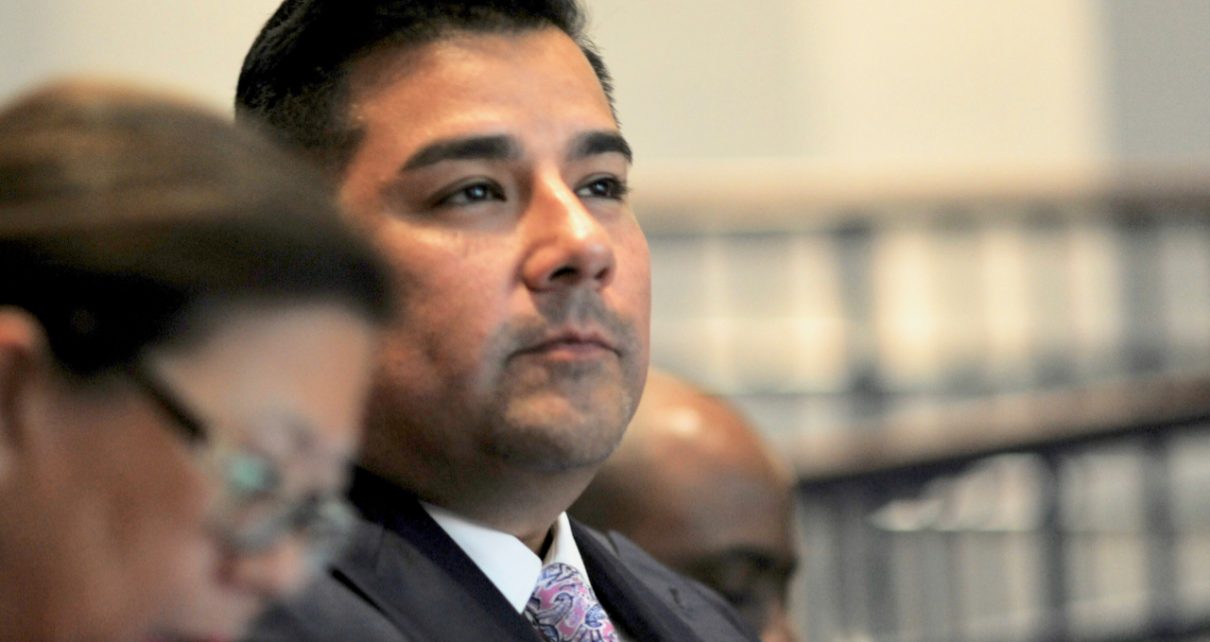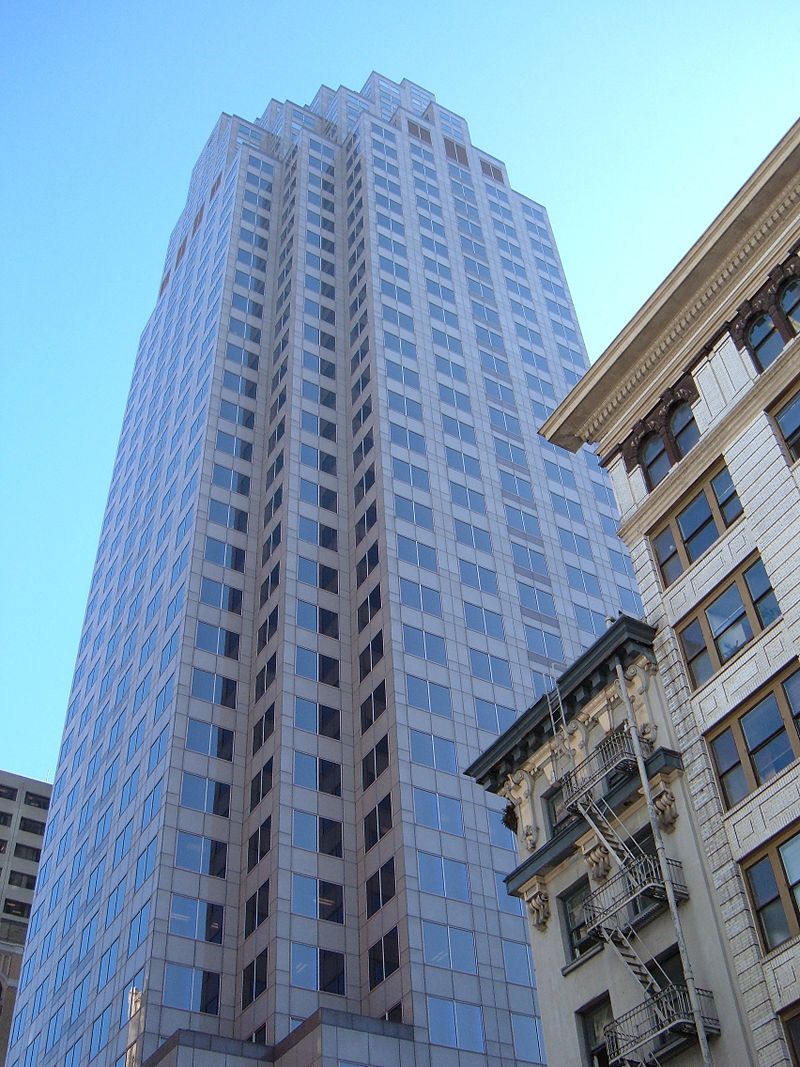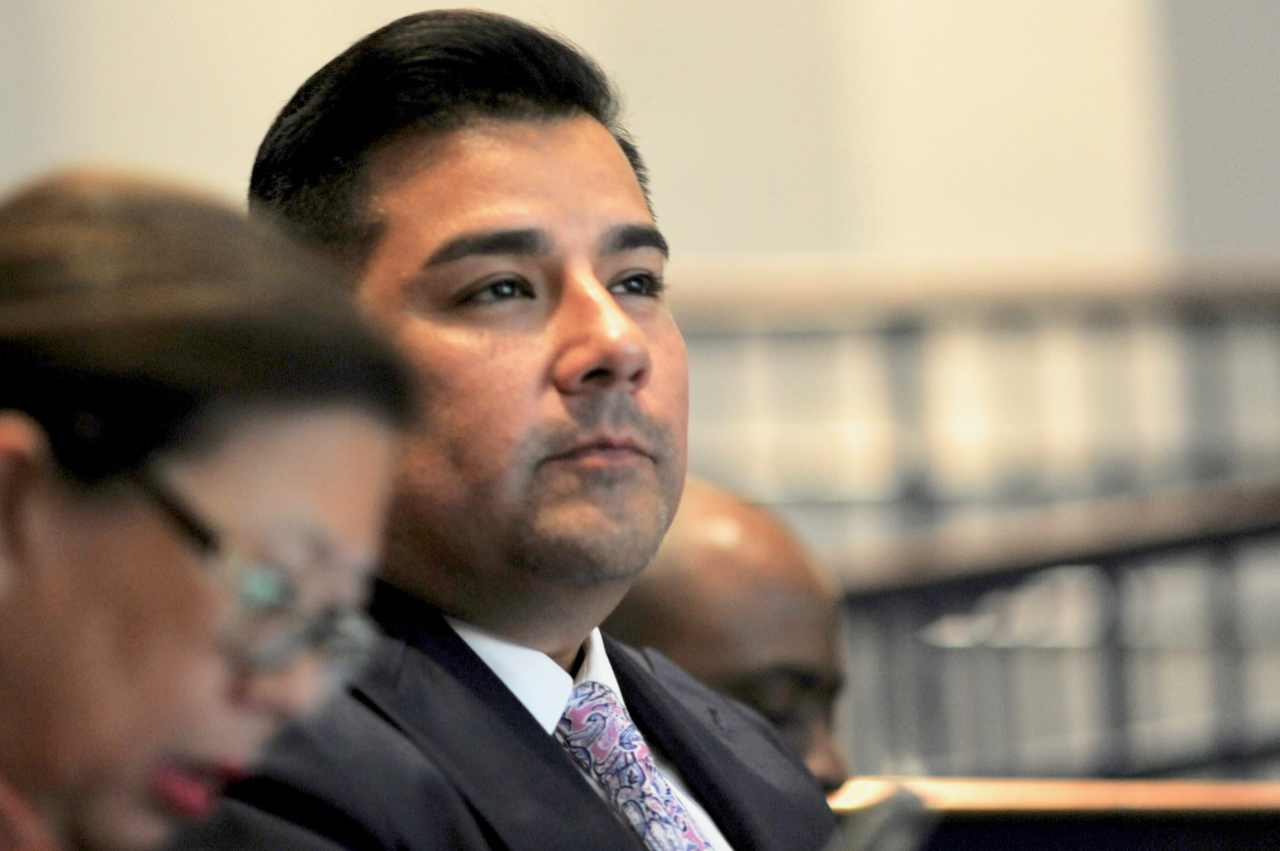
Insurance Commissioner Ricardo Lara. (Kevin Sanders for California Globe)
Why Is Ricardo Lara Quiet on Hundreds of Thousands of Homeowners Insurance Cancellations?
Calif. Insurance Commish cozies up to insurance industry while real estate crisis could be looming
By Katy Grimes, September 6, 2019 8:28 am
The number of California’s rural homeowners dropped by insurance companies is up to 350,000 in just four years, California Globe recently reported, but that was just through 2018. Since then, homeowners in Riverside and San Bernardino counties have experienced “a surge in insurance companies declining to renew policies, or hiking premiums, in areas with higher risk of wildfire, like Pine Cove in the San Bernardino National Forest, leaving homeowners with few options,” the Press Enterprise reported.
The only communication from California’s troubled Insurance Commissioner came August 20: “I have heard from many local communities about how not being able to obtain insurance can create a domino effect for the local economy, affecting home sales and property taxes,” Insurance Commissioner Ricardo Lara said in a prepared statement on his website. “This data should be a wake-up call for state and local policymakers that without action to reduce the risk from extreme wildfires and preserve the insurance market we could see communities unraveling.”
There is no breakdown on the current rate of cancellations and non-renewals on the Insurance Commissioner website, other than for 2018. This needs to be immediately updated as thousands more homeowners lose their insurance.
Meanwhile, a real estate crisis could be looming because without the ability to properly insure the home, many homeowners say their homes are rendered worthless because they cannot sell them. All mortgage companies require real estate property owners to carry homeowners insurance.
However, the Insurance Commissioner website says, “new data does not measure the full impact of non-renewals of homeowner policies linked to the devastating 2018 wildfires, including the Camp, Carr and Woolsey/Hill fires.”
Why not? They’ve certainly had enough time to update since 2018.
Perhaps because “State Insurance Commissioner, Ricardo Lara, a former Democrat State Senator and Assemblyman, organized a reelection committee that began accepting tens of thousands of dollars in political contributions from people with ties to companies he regulates,” California Globe recently reported. Following “revelations that Lara took oodles of money from the industry prior to making decisions in their favor, gave critics more ammunition to claim that he is an industry shill,” California Insurance Commissioner Ricardo Lara is under fire for his secretive speech to a convention of industry executives where he expressed support for revamping consumer protection laws in their favor.
Additionally, Politico reported, “Lara has charged taxpayers thousands of dollars since his January inauguration for renting a residence in Sacramento, state records show, in an unusual arrangement watchdogs say constitutes an ethical gray area at best — and at worst another political maelstrom for an official already under scrutiny.”
A 2018 report prepared by California Department of Insurance’s Availability and Affordability of Residential Property Insurance Task Force found:
“Since the Valley and Butte wildfires, the California Department of Insurance (CDI) has received increased complaints, evidence, and feedback from consumers, consumer groups, public officials, and other stakeholders that homeowners’ insurance coverage in the WUI is increasingly difficult to obtain and, if available, is unaffordable to many that need it.”
and
“Many of the currently proposed solutions are based on the expectation that the insurance industry will voluntarily agree to change some of its current business practices and how it uses certain decision-making tools.”
The 2018 report called for a legislative solution:
“The Legislature should create a framework within which insurers will, under certain conditions: (1) offer homeowners’ insurance in the WUI if the insured conducts specific wildfire mitigation, but also permit the insurer to avoid the requirement of offering homeowners’ insurance in the WUI if the insurer instead offers a “difference in conditions” policy or a “premises liability” policy; (2) offer a mitigation premium credit for those property owners that conduct proper mitigation; (3) obtain approval for wildfire-risk models used in rating or underwriting; (4) allow for an appeal process before an adverse decision is finalized; and (5) stabilize the rating structure in order to ensure that homeowners’ insurance rates and premiums are adequate, but not excessive, for the true wildfire risk.”
Gov. Gavin Newsom created a strike force that outlined three major options for handling utilities’ liability costs, but nothing dealing with insurance. The state appeared to be more concerned with its liability, rather than people burned out of their homes. Lawmakers appeared more interested in passing legislation to retrofit homes making for fire safety and prevention.
In July, Sen. John Moorlach (R-Costa Mesa) said in a Sacramento Bee article he was disappointed by what he saw as a limited focus on wildfires in recent budget negotiations. “Where’s the seriousness of it all?” Moorlach said. “I know the governor wants to get something done, but I’m not finding it. … The Democrats aren’t showing a real priority to dealing with wildfires.”
Senate leader Toni Atkins (D-San Diego), told The Sacramento Bee wildfire issues would be “front and center” because “communities are being devastated,” while Assembly Speaker Anthony Rendon cited the state’s housing crisis and wildfires as the two biggest problems lawmakers would focus on going into the legislative session.
Everyone in California is subject to new wildfire underwriting guidelines following the 2018 wildfires under “The Fireline Score.”
The assessment FireLine “is a score from 0-30, and it combines several different risk factors regarding a home, the satellite imagery around the home, and pinpoints it to the property address,” one insurance company explains.
There are three critical factors that affect the risk of wildfire loss:
1. Fuel—Grass, trees, or dense brush can feed a wildfire. FireLine calculates an average of fuels in a 3 radial distance within a mile of the dwelling.
2. Slope—Steeper slopes can increase the speed and intensity of wildfire. They also increase prices of rebuilding if necessary.
3. Access—Identifies whether a dwelling is located where firefighting equipment may have trouble negotiating, such as dead-end roads. FireLine calculates the risk from each of these factors, as well as provides hazard ratings for specific properties. FireLine also identifies properties located in Special Hazard Interface Areas—risks outside fuel areas but exposed to wind-borne embers and high heat from nearby fuels.
According to the Insurance Commissioner: If California residents cannot obtain insurance on the voluntary market, their only options are to find insurance coverage under the FAIR Plan or from surplus lines, often at much higher costs. When looking at the 10 counties with the most homes in high or very high-risk areas, there is a steady rise in new FAIR Plan policies growing 177% between 2015 and 2018. Nearly 57% of the new FAIR Plan policies written are now written in State Responsibility Areas up from 47% in 2015. Between 2015 and 2018, the number of surplus lines policies in the State Responsibility Area increased by 49% (from 10,521 to 15,636).
The 10 counties with the most homes in high or very high-risk areas include Tuolumne, Trinity, Nevada, Mariposa, Plumas, Alpine, Calaveras, Sierra, Amador, and El Dorado. The five counties with the least homes at risk include Yolo, Merced, Sutter, Imperial, and Kings. The 10 counties are being compared to five counties so each set would have roughly the same number of housing units based on Census data. According to the California Department of Finance, in 2018, there were 248,958 housing units in counties with the most high-risk homes and 260,718 housing units in counties with the most low-risk homes.





Lara is not only a shill for the industry, he’s an utterly corrupt TOOL and for sale to the highest bidder.
He’s an open-borders, big government liberal who shoukd be impeached and removed from Office…
But CA voters are asleep at the wheel and allowing their lives to be ruined by tools like Lara, Rendon, Padilla (aka”The Three Amigos” or “Los Tres Idiotas”) and all three, plus Newsom should be forcibly removed from Office…
The accusations against Commissioner Lara need to have verification and proof so where would one find it-and why haven’t you?